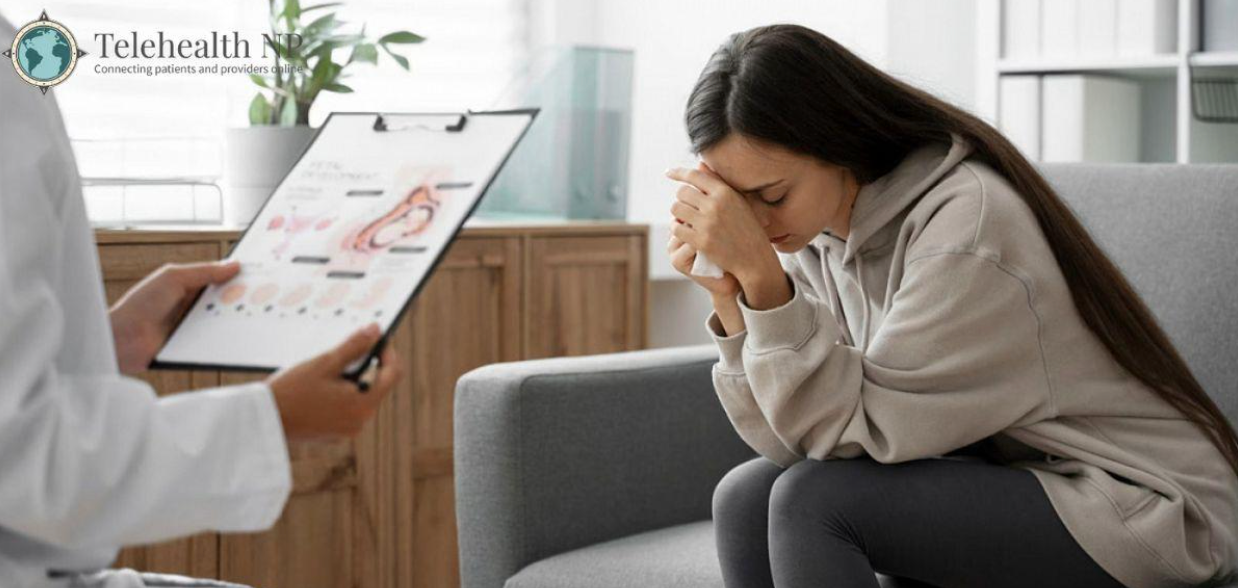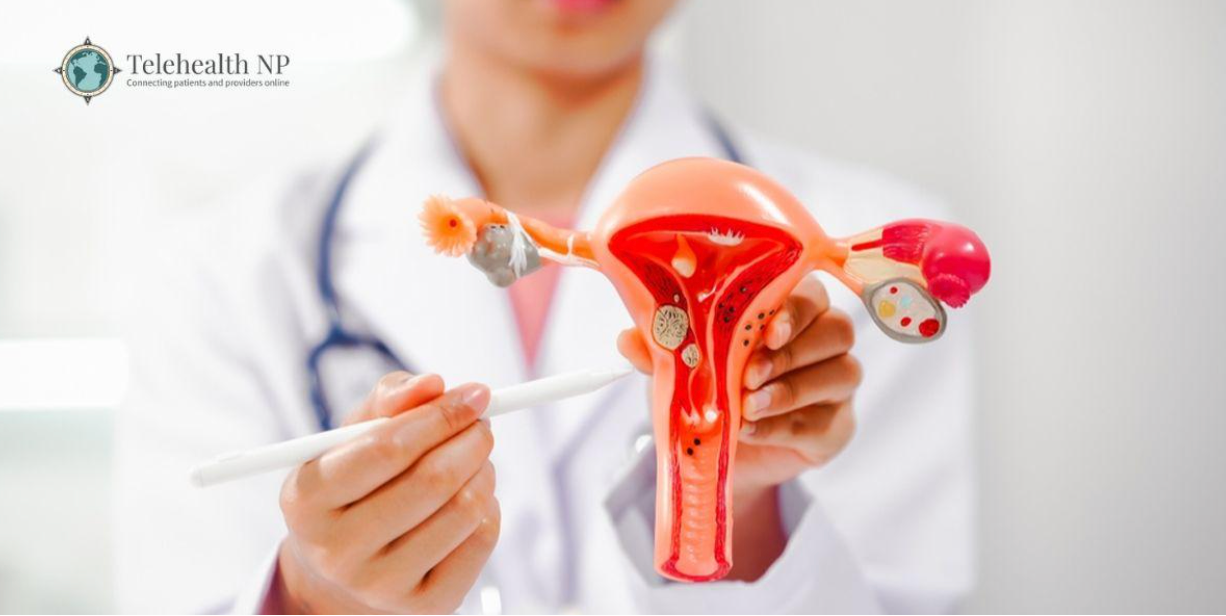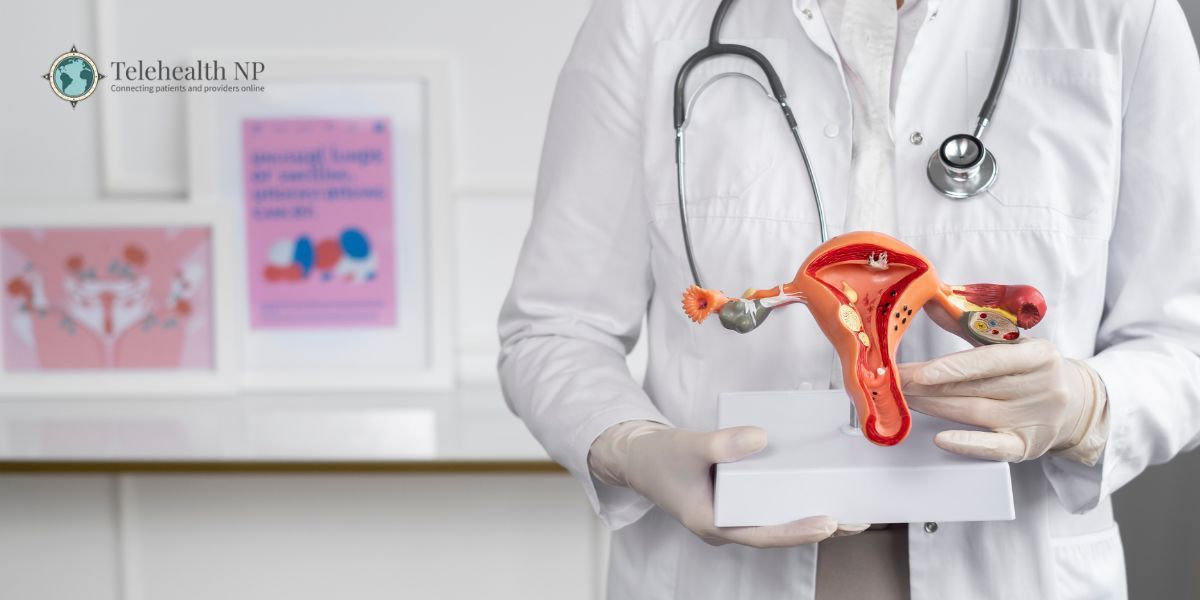Ultraviolet Month UV Safety Article

Ultraviolet (UV) light has shorter wavelengths than visible light. These wavelengths move with higher frequency than our brains can perceive to create images. The wavelengths of UV light fall between that of visible light to the human eye and that of x-rays, which is 400 to 10 nanometers. The sun is a source of the entire spectrum of UV light, which is classified as UV-A, UV-B, and UV-C. UV-B is what causes sunburns and DNA damage to our skin. Damaged DNA gives rise to cancers.
July is UV safety awareness month. The impact that sun damage can do to the skin has made a new impression on me. Last week, my mom broke the news to me. She has skin cancer. My mom is a competitive swimmer like myself and can not get enough of swimming in the sunshine every summer. She loads her face, back, and arms with 70+ sunscreen with zinc. But exposure over time has taken its toll and this summer she developed a 0.5cm black crusty lesion on her right shoulder. She went to her dermatologist within 1-2 months of noticing it and has been diagnosed with melanoma skin cancer. Next steps are a consultation with a surgical oncologist and plastic surgeon. Surgery within 6 weeks from diagnosis is “preferred”. During surgery, her lymph nodes will be checked and an incision 5-6” across her shoulder will be made. Due to the skin tension placed on the shoulder with range of motion, she may even need a skin graft. Her world is rocked. Last weekend, when we met at the pool, she was wearing a tight rash guard shirt.
Sunlight is healing and therapeutic, but it can also carry its own health risk. In this article, I will identify and describe the 3 main skin cancer types and make recommendations for when to seek care from a dermatologist or health care provider.
Three Key Skin Cancers
- Melanomas
- Basal cell carcinoma (BCC)
- Squamous cell carcinoma (SCC)
Melanomas
Melanomas get their name from melanocytes. Melanocytes are cells in the skin that produce melanin and give rise to the color of our skin. They are deeper in our body. Melanomas are the 3rd most common skin cancer and only comprise 1% of skin cancers. But, they are the most serious and deadly. Survival rate for melanoma is 70% at 5 years. They need to be addressed immediately if discovered. Characteristics of melanoma are:
- Altered pigmentation
- Ugly looking
- Bleeding or ulceration
- Whole body symptoms- weight loss, fatigue, night sweats, headaches
- Any surrounding lumps by the lesion
- Any swollen lymph nodes nearby
Basal Cell Carcinomas
Basal cells lie at the “basement” of your epidermis, thus their name. BCC’s are linked to sun exposure and usually found in sun-exposed areas. They are the leading cause of skin cancer in caucasians and second leading skin cancer in people of color. Characteristics of BCC are:
- Small papules with spider veins inside
- Plaques, nodules or small tumors
- Often flesh or pearl colored
- Small crusts on top of lesion, scabs, don’t heal over time like a normal scab would heal
Squamous Cell Carcinoma
Squamous cells are flat skin cells on the outside layer of your skin. SCC is associated more to a lifetime accumulation of sun exposure, especially in women. It grows rapidly. Characteristics of SCC are:
- Found on sun exposed areas (head, neck, ears, arms, torso)
- Can develop from an actinic keratosis (AK) or nearby to an AK
- Often associated with having had previous skin cancer
- Skin has evidence of skin damage around lesion
- Tender, itchy or non healing wound
- Can be thin and flesh colored or red, tender, and crusty
Skin Cancer
While definitions and descriptions of skin cancers can be helpful, ultimately you do not have to rely on yourself to determine what type of skin lesion you have (and what to do about it). You can find a qualified physician, nurse practitioner or physician’s assistant to help you. A useful mnemonic for assessing any skin lesion on your body is:
- Asymmetry - does it have irregular shape?
- Border - does it have irregular borders?
- Color - is it shiny and pale, red and irritated, crusty and oozing, black?
- Diameter - is the diameter greater than 6mm (pencil eraser size)?
- Evolution - how quickly is it evolving over time?
Seeking Assessment and Treatment
Skin cancers are staged by number, from 0 to 4. The higher the number the more severe the skin cancer has become. A higher number means the skin cancer has more deeply penetrated the skin into the surrounding cells, organs, and circulatory system. Time is health.
I recommend you check your skin regularly. And have a friend or loved one check the top of your head, back of your ears, neck, torso, and the back of your legs (any part of your skin harder to see). If you notice something suspicious, keep track of it by measuring it, describing it, and dating it in some notebook (paper or phone). If it changes in a short period of time, make an appointment with your trusted health care provider or dermatologist to have it checked out. It is worth it!











